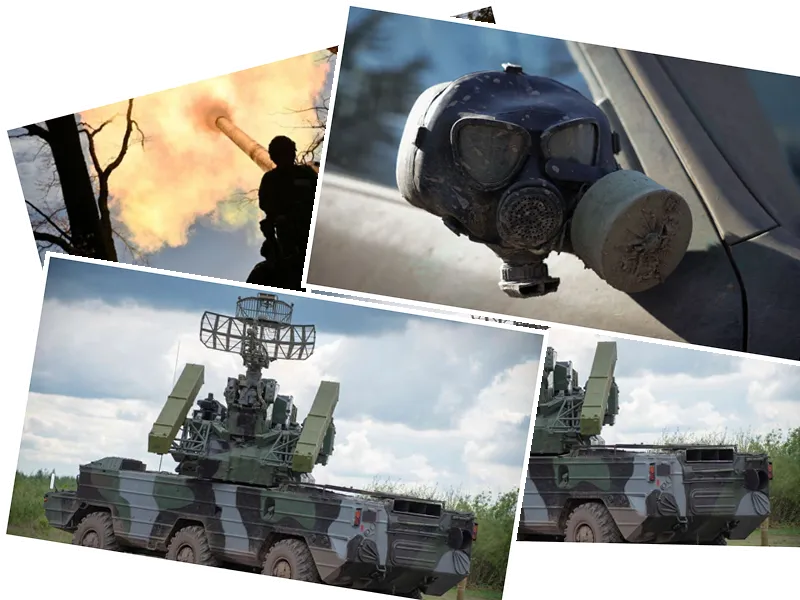Kiev is responding to the increasing drone threat amid the ongoing Ukraine war. With drones playing a pivotal role in modern warfare, both Ukraine and Russia have utilized them extensively. However, this has led to a significant problem for traditional weapon systems such as tanks, which were not originally designed to withstand drone attacks.
Newsweek reports that Ukraine is taking steps to mitigate this threat by outfitting the Abrams tanks, donated by the USA, with new anti-drone protection. These 70-ton tanks are primarily deployed in eastern Ukraine. A Ukrainian heavy industry initiative, Steel Front, developed a steel cage that can be mounted over the M1 Abrams tank turrets to provide additional protection. This marks a significant advancement over previous improvised anti-drone measures, often seen on Ukraine's Soviet-era T-72 tanks.
Matthew Moss, a small arms expert, highlights that the anti-drone shields from the Steel Front initiative are well-crafted and more effective compared to Russian equivalents. These upgraded shields cover crucial areas, including the sides of the M1 Abrams' turrets and the ammunition storage box, which is considered a vulnerable spot. Despite these advances, uncertainties remain about the system's effectiveness, particularly whether the distance between the shield and the tank hull is adequate to ensure comprehensive protection.
Ukrainian authorities have noted the growing importance of drones in modern combat, as they can disable tanks, making them susceptible to artillery and anti-tank missile attacks. Oleksandr Myronenko from Steel Front pointed out that drones present the biggest threat to Ukrainian armored vehicles. Consequently, there's ongoing work to adapt other US-donated vehicles, like the Bradley infantry fighting vehicles, to better resist drone attacks.
The Abrams tanks, used by Ukraine's 47th Mechanized Brigade, have been central in battles such as those in Avdiivka. Despite the increased drone activity, these tanks remain a critical component of the war effort. However, the deployment of drones means that no terrain is safe from detection. Consequently, five out of the 31 M1 Abrams tanks donated by the USA have been lost. This has led to a re-evaluation of their use in the field, with a focus on adapting tactics to safeguard these essential assets.
- In addition to the developments on the battlefield, the geopolitical dynamics continue to evolve. Russia recently announced that it had intercepted and shot down 87 Ukrainian drones targeting various regions including Rostov, Belgorod, Volgograd, and Crimea. These attacks aim to disrupt Russian logistics by targeting energy infrastructure and other critical sites.
- Meanwhile, Ukraine, bolstered by international support, continues to respond to these threats while striving to upgrade its defenses. Ukrainian President Volodymyr Zelensky disclosed during a joint press conference with US President Joe Biden, that Chinese President Xi Jinping has assured him that Beijing will not supply Russia with weapons. This promise comes amid Western efforts to support Ukraine, evidenced by a $50 billion loan and plans to use frozen Russian assets to aid Kiev.






